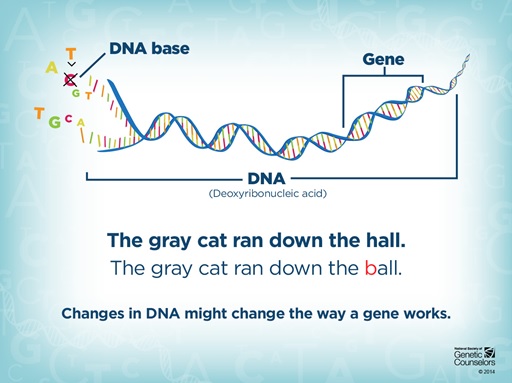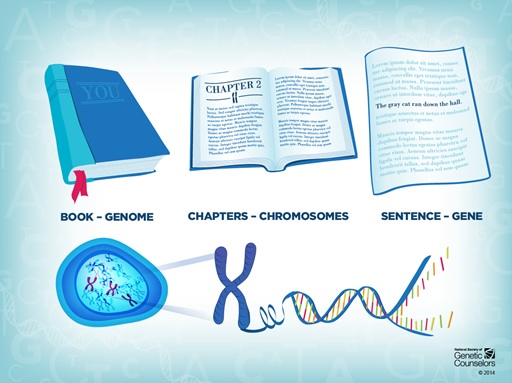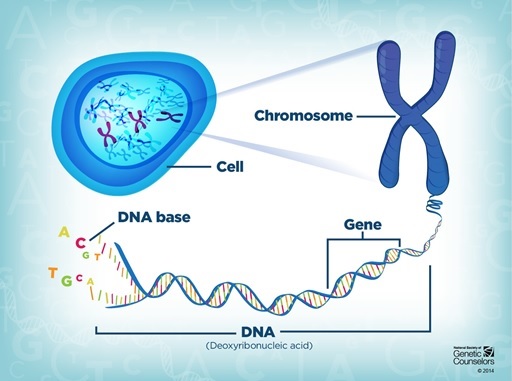What is a genomic test?
A genomic sequencing test examines hundreds of genes in your genome to identify changes that may affect you.
Genomic sequencing is widely known for its use to track the spread of COVID-19. But it has many more benefits for our health.
- What is genomic sequencing used for?
- How does a genomic test work?
- What is the difference between a genetic test and a genomic test?
- How is genomic sequencing used to control COVID-19 or superbugs?
- What kinds of genomic tests are available?
- How long does a genomic test take?
- How can I get a genomic test?
- Should I get a genomic test online?
- What can a genomic test tell you about me?
What is genomic sequencing used for?
Genomic tests can be used to diagnose a wide range of conditions that have a genetic origin.
Melbourne Genomics studies compared genomic testing to other types of tests for patients with certain types of cancer, kidney disorders, neurological disorders, rare genetic conditions and congenital deafness.
On average, individuals with those conditions who received genomic tests were 9 times more likely to get an informative result than those who didn’t. More than half of those who got a result had a change in care because of it.
Genomic sequencing is also critical in the fight against viruses like COVID-19 and antibiotic-resistant bacteria. By sequencing a virus or bacteria’s genome, we can determine which type is spreading and how it may have spread.
How does a genomic test work?
The test aims to find changes (called variants) in your genes that can affect your health.
It starts by taking a DNA sample, usually a blood, saliva or tissue sample. The DNA is analysed by computer programs and ‘written out’ as a letter code, which is unique to each person. Once that happens, experts can look at large sections of the code to see if any of your genes appear different to what is expected.
If variants of interest are found, they are further examined to see if a particular variant can explain your specific health condition. This requires a team of experts who look at your medical history, your family history and what we know about the genetic causes of your condition.
Learn more about the genomic testing process step-by-step.
What is the difference between a genetic test and a genomic test?
Genetic tests look at one or a few genes at a time. Genomic tests can look at hundreds or thousands of genes at a time, yielding much more information that can be used to inform care.
How is genomic sequencing used to control COVID-19 and superbugs?
Like people, every germ has a unique genetic ‘fingerprint’. Genomic sequencing identifies that fingerprint. As viruses and bacteria reproduce by copying themselves, if the exact same copy is detected across multiple people, they probably contracted it from the same source.
Sequencing enables experts to determine from whom and where a particular infection is spreading, and then take appropriate measures to stop transmission, such as quarantining or cleaning specific areas. This can stop a widespread outbreak from occurring.
Learn more about the genomic testing for superbugs.

Overall Outcome
19x more patients received an informative result from genomic testing than from usual care

Heading Four
19x more patients received an informative result from genomic testing than from usual care
19x more patients received an informative result from genomic testing than from usual care
About genes
Your body is made up of billions of cells with instructions for how your body should grow and function. These instructions are contained in your DNA – deoxyribonucleic acid – and DNA is packaged into structures called chromosomes.
Your DNA contains stretches of genetic code, which are called genes. Each gene gives an instruction to the body. For example, a gene may be an instruction about eye colour. You usually have two copies of each gene, one inherited from each of your parents.
However, if there is a mistake in one of these genes, it may not work properly.
A genomic sequencing test examines sections of your DNA for changes that may alter the genes and lead to disease.
There are usually 23 pairs of chromosomes in each cell (46 in total). Nearly every cell in your body has the same DNA, and the entire amount of DNA in the cell - including all of your 23,000 genes - is called the genome.
Sometimes it can be useful to think of the genome as a book, where each of the chapters represents a chromosome. Sentences in these chapters would be the genes and the letters that make up each word can be considered the DNA bases.
What is the difference between genomics and genetics?
Genetics is the study of one particular gene and its effects. Genomics is genetics on a larger scale: the study of your genome, your complete set of DNA, including all your genes.
A genetic test looks at one or a small number of genes at a time. A genomic sequencing test can capture information from a large number or all of your genes at the same time. This means doctors may have a better chance of finding gene changes causing or associated with your disease or condition.
We can now do tests to examine a section of the DNA ‘sentence’ for changes that may alter its meaning and lead to disease.



Use of the three images above is with permission from the National Society of Genetic Counselors (US). Citation: This project was made possible through the National Society of Genetic Counselors and a grant from the Audrey Heimler Special Project Award.
How are genes involved in disease? What is a genetic disease or disorder?
Genetic conditions arise due to an alteration in one or more of your genes. If you have a version of a gene which doesn’t work as it should, you might be born with or develop a disease, depending on what role that gene plays in your body. Gene variations are often inherited – passed on from one generation to the next. Examples of some of the better-known inherited genetic disorders are Huntington’s Disease and Cystic Fibrosis. Genetic tests are used to diagnose these disorders.
Do all gene variations lead to disease?
Every person has many gene changes throughout their DNA. This is what makes us individual. Most of these gene changes don't cause disease, but some may.
The changes or variants in the DNA sequence of a gene might change the way that gene works. Some variants in the genome are commonly found throughout the population, and some are rare. Some gene variants have no effect on your health, however, other variants may affect your health, your responses to particular medications or cause genetic conditions.
Genomic sequencing allows us to examine your complete genetic information - your genome - to identify gene changes (variants) that may impact health.
For more information on genetic conditions and genomic testing, see Resources for Participants.
